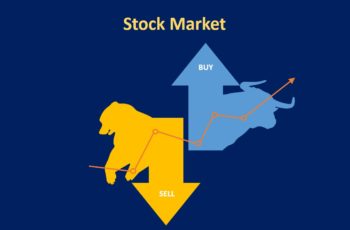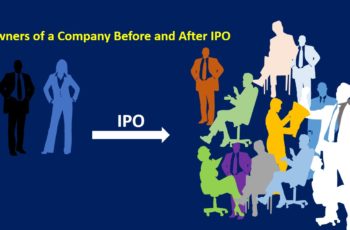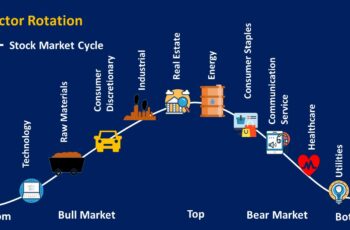You hear the bull and bear markets always from news agencies and investors. By these words, they provide their opinions about the state of the market.
A bull market means that stock indexes are going up, and in a bear market they are going down.
After a bull market, there is a bear market. In a free market, it is part of the economic cycle.
Both bull and bear markets can last from months to years. However, on average, bull markets last more than bear markets.
This article elaborates on what is a bull market, what is a bear market, how they start and end, and generally, how long bull and bear markets last.
What Is a Bull Market?
A bull market is a state of the economy in which the stock market is in an uptrend.
The most common definition of a bull market is a stock market situation in which indexes are up 20% or more from the previous bottom.
An investor who says he is bullish on a stock believes the underlying stock will go upward.
An investor can bullish or bearish on a stock or the entire economy.
The start of a bull market is the time this trend starts. And, its end is the time this trend ends.
The name of the bull market is inspired by how bulls fight. In a fight, two bulls run to each other hit and push the opponent until the stronger makes the weaker one surrender.
How Does a Bull Start and End?
The bull market starts with smart investor purchases. They find the time that the stock market is undervalued and start buying. Other smart traders confirm it, followed by regular investors or traders. These followers accelerate the speed of rising.
Intelligent investors find opportunities by analyzing the market technically, fundamentally, behaviorally, etc. They try to find out the root cause of market movement and confirm their findings in the market through extensive research and hard work.
Please be aware if you think of specific investors as smart. They are likely smart, but no one always predicts the exact reversal point or area.
Read more: What is a Trend in Finance? How to Determine a Trend?
What is a Bear Market?
A bear market is an economic state in which indexes go downward. It is confirmed in the financial market, where indexes have fallen below 20%.
A bear market is not the same as a recession. We can be in a bear market but not a recession. However, when there is a recession the bear market is a must.
The name of the bear market is inspired by how bears fight. In a fight, bears first stand up by their hind feet and try to knock down the opponent. In the stock, the falling of an index resembles the way that a bear knock down a competitor.
Read more: What is an Economic Recession in Simple Terms?
How Does a Bear Market Start and End?
The bear market also starts with smart investors’ analysis.
Smart investors find out that the market is overvalued or a recession is coming due to fundamental and technical founded reasons.
These investors sell their assets for profit. News of future bear market spreads across the market. Some other investors sell as well, and the downtrend continues, pushing the market down even further.
Read more: Stock Market Bubble: Stages, Signs & Examples
Examples of Bull and Bear Markets
In the following, I have brought to you a few examples of bear and bull markets. You will see that a bear market can last a short and long period.
The bear market that started in Oct 2007 was caused by the housing market in the USA and continued until late November 2008
After this bear market, a small bull market started which lasted one and half months.
And another bear market began and continued for two months.
The longest bull market in the history of the USA lasted from 2009 to 2020, which hit the covid-19 pandemic. In the bull market from March 2009 to Feb of 2020, the SP 500 spectacularly rose 400%.
Bottom Line
Again, worth repeating that no one exactly knows the exact point of reversal. Smart investors also make mistakes and sometimes get out of the market early. So, you should not expect someone to make always the best decisions.






